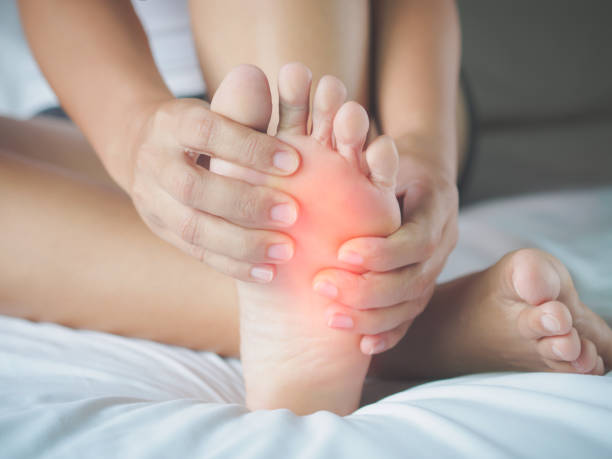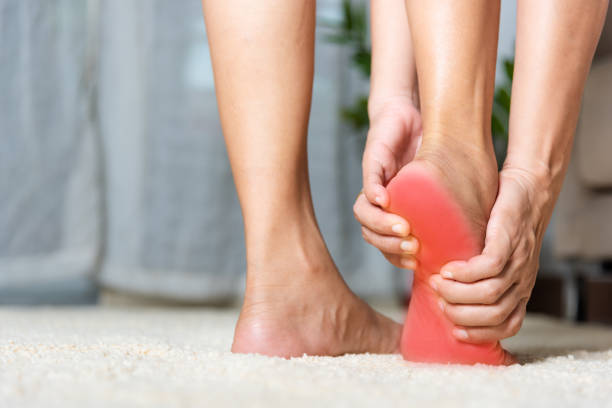
In the realm of healthcare, interdisciplinary collaboration is increasingly recognized as essential for comprehensive patient care. One such collaboration that is gaining traction is the integration of clinical psychology with podiatry services, particularly concerning patients’ mental health. While podiatrists primarily focus on diagnosing and treating foot and ankle conditions, they often encounter patients whose physical ailments are intertwined with psychological challenges. Recognizing this intersection, clinical psychologists are playing a pivotal role in enhancing podiatry services, ensuring that patients receive holistic care that addresses both their physical and mental well-being.
Understanding the Interconnection
The relationship between physical health and mental health is profound and reciprocal. Chronic foot conditions, such as diabetic neuropathy, arthritis, or chronic pain, can significantly impact an individual’s quality of life, mobility, and independence. These physical ailments often lead to psychological distress, including anxiety, depression, or even feelings of isolation and frustration.
Conversely, mental health issues can exacerbate physical symptoms, leading to a vicious cycle of pain and psychological distress. Patients may experience heightened stress levels, which can increase muscle tension, worsen pain perception, and impede healing processes. Additionally, mental health disorders may contribute to poor self-care habits, such as neglecting foot hygiene or failing to adhere to treatment plans, further compromising podiatric outcomes.
The Role of Clinical Psychologists
Clinical psychologists are uniquely positioned to address the psychological aspects of foot care comprehensively. By collaborating with podiatrists, they can provide tailored interventions that target both the physical and mental dimensions of patients’ health. Here’s how clinical psychologists enhance podiatry services:
- Psychological Assessment: Clinical psychologists conduct thorough assessments to evaluate patients’ mental health status, identify underlying psychological factors contributing to their foot conditions, and assess their coping mechanisms and support systems.
- Psychoeducation: Patients often benefit from psychoeducation sessions, where clinical psychologists provide information about the relationship between physical and mental health, pain management techniques, relaxation exercises, and strategies to improve self-care practices.
- Cognitive-Behavioral Therapy (CBT): CBT is an evidence-based therapeutic approach that helps patients identify and modify maladaptive thoughts and behaviors contributing to their psychological distress. Clinical psychologists can integrate CBT techniques into treatment plans to address issues such as pain catastrophizing, fear avoidance, or negative self-talk.
- Mindfulness and Stress Reduction: Mindfulness-based interventions can help patients cultivate present-moment awareness, reduce stress, and enhance pain management skills. Clinical psychologists may teach mindfulness techniques, such as mindfulness meditation or body scanning, to help patients cope with physical discomfort and emotional distress.
- Collaborative Care Planning: Clinical psychologists collaborate closely with podiatrists to develop integrated care plans that address both physical and psychological needs. By working together, they ensure that treatment approaches are coordinated, complementary, and tailored to each patient’s unique circumstances.

